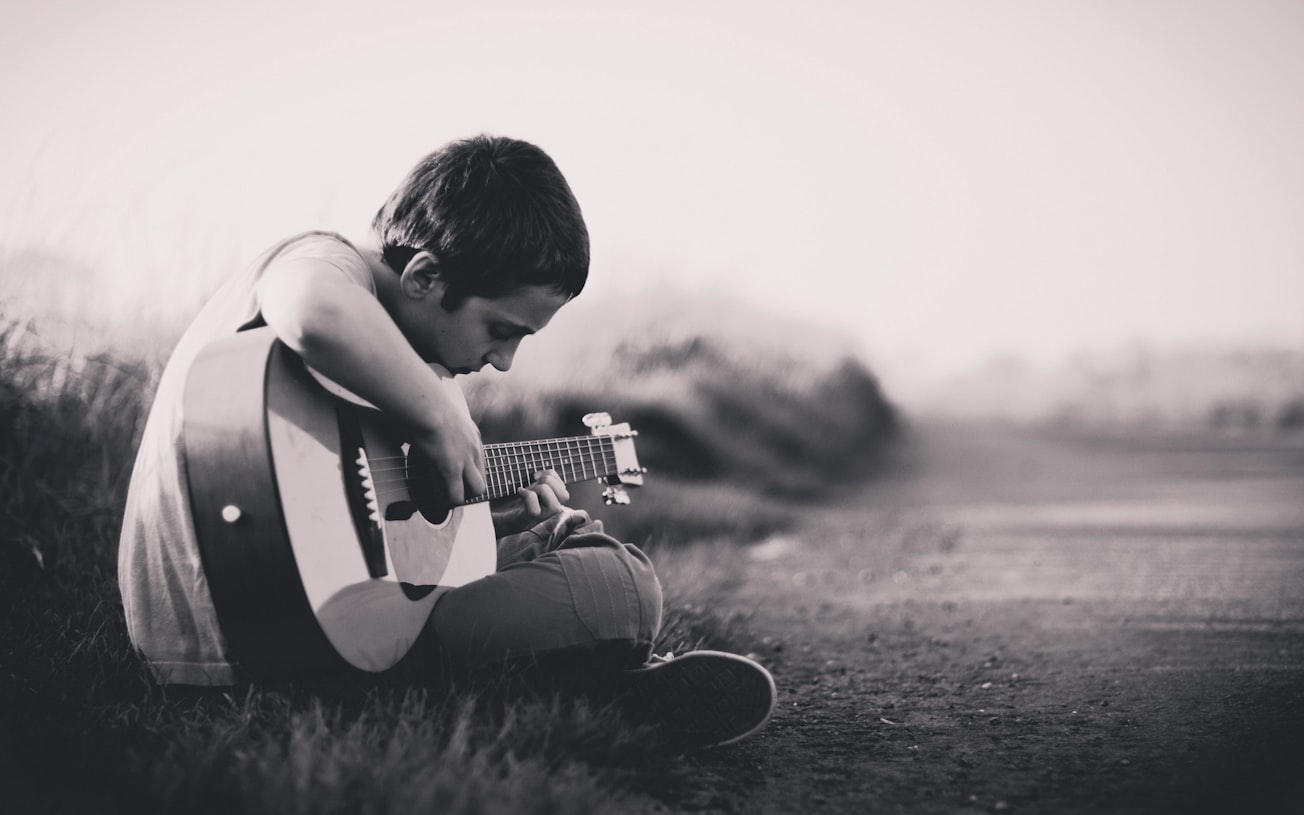What is it about?
Relatively unknown until now, Robert W. Claiborne was a trailblazer in music education, law, politics, and other areas. This article details his life and how he developed a music education method book called "The Way Man Learned Music." In it, students experience the evolution of music from the time of primitive man to the advent of Western classicism by building and playing their own instruments.
Featured Image

Photo by Laith Abuabdu on Unsplash
Why is it important?
It is important to document the contributions that innovators, rogues, and renegades made to public school music education in America and around the world. "The Way Man Learned Music" is a true example of experiential education that communicates several important implications for modern music teachers regarding interdisciplinarity, cultural appropriation, and project-based learning.
Perspectives
This project developed by happenstance, as I came across a vintage copy of the method in the stacks at the Sibley Music Library of the Eastman School of Music. Tracking down its origins and the life story of its creator, Mr. Claiborne, was filled with the kinds of twists, turns, and revelations that make historical research fun and fulfilling.
Josef Hanson
University of Memphis
Read the Original
This page is a summary of: Evolutionary Music Education: Robert W. Claiborne and The Way Man Learned Music (1927), Journal of Historical Research in Music Education, July 2018, SAGE Publications,
DOI: 10.1177/1536600618790095.
You can read the full text:
Contributors
The following have contributed to this page







